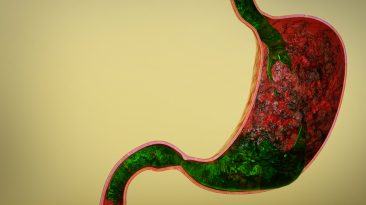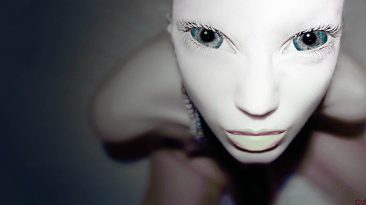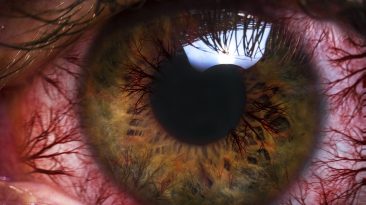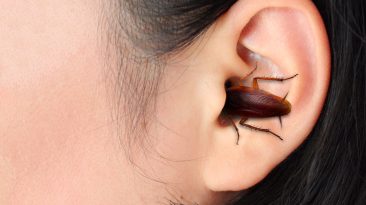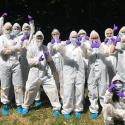With COVID cases on the rise in many countries, the race to find an effective vaccine is becoming a more pressing concern every day. The pharmaceutical company Pfizer has just announced that they have succesfully produced a COVID-19 vaccine in the lab which is 95% effective against the virus.
Could this be our solution to the pandemic? And, where do I sign up?
How long will it take for a vaccine to be readily available worldwide? What makes the Pfizer COVID vaccine so unique? And, who gets access to it first?
With over a million deaths and counting, COVID-19 has hit hard. In order to stop it in its tracks, we’ll need vaccines to be distributed worldwide. Yet, how can we determine which countries get the vaccine first? Would the richest nations get access before the poorest ones?
With lockdowns stifling many countries’ economies, could everyone afford it? Some of the richer countries like the UK have signed expensive agreements with six potential coronavirus vaccines.
This has sparked controversy, as hogging a vaccine before it’s made could leave vulnerable countries behind. Luckily, the WHO or World Health Organization, has created the Covax plan to level the playing field. Its aim is to raise two billion dollars by the year 2021 to help buy and fairly distribute a vaccine worldwide.
Many countries are pooling their resources together and they hope to guarantee 92 lower-income countries in Africa, Asia, and Latin America fast and fair access to the vaccine. If this Covax plan works, all the countries involved will receive enough doses to vaccinate 20 percent of their population, starting with the most vulnerable people first.
This would include healthcare workers, the elderly in nursing homes and their caretakers, as well as people with medical conditions putting them at risk. Then people over 65 would be next in line. And finally, people under the age of 50 will get it last.
These vaccinations will be distributed to convenient locations like schools, pharmacies and even train stations. While we won’t know for sure how bad the pandemic will get before the vaccine is readily available, researchers suggest that the death count could reach two and a half million by January. But if we step up our acts, wear masks and keep our distance, this number could be a lot smaller.
So how exactly will this vaccine get approved? First, it must go through rigorous testing to ensure it is safe.
This can be a long and expensive process and normally only about 10% of vaccine trials are successful. Before a vaccine can be tested, it has to first undergo screenings and evaluations to determine which antigen should be used.
Antigens are like the secret weapons of the vaccine. They contain a small amount of the disease or virus-causing organism to trigger an immune response. In this preclinical phase, antigens are tested on animals which share similar genetic makeups to us.
If all goes well, scientists will then start Phase 1, where a small group of human volunteers are given the vaccine. Researchers and doctors will monitor if the right immune response is triggered and figure out the correct dosage for humans.
In Phase 2, the vaccine is given to several hundred volunteers of varying age groups. And finally, in Phase 3, thousands of volunteers will be tested. These tests will be conducted across multiple countries to assure the results of the vaccine apply to many different populations.
After all is said and done, each country will review the study data and decide whether to authorize the vaccine for use. Once it is made public, the vaccine will need to be constantly monitored to ensure it works as it should.
So what’s so special about this Pfizer vaccine, and when can we get it? The Pfizer vaccine is currently in phase 3 of testing, meaning it’s being tested worldwide. Companies are wating for more data to come in before they begin manufacturing.
Unlike traditional vaccines, the Pfizer vaccine uses a novel genetic technology that is on the forefront of science. Using synthetic mRNA, the immune system is activated and fights the virus. mRNA vaccines are unique and have never been licensed for an infectious disease.
Traditionally, vaccines inject small doses of the disease-causing organism. But mRNA vaccines trick the body intro producing some of the viral proteins itself. Think of it as a tiny cellular magician, except instead of rabbits, he’s pulling coronaviruses out of his hat! Abra-corona!
So far the vaccine has been tested on 43,500 people with only mild side effects. It will require two doses, three weeks apart. Pfizer has reported that up to 50 million doses could be available globally by the end of the year. And they expect to have 1.3 billion doses ready in 2021.
While this all sounds hopeful, one of the challenges will be distributing it. The vaccine must be kept at -70 °C (-94 °F) or below in order to last six months. This can eat up a lot of energy and money, and can be a challenge for top hospitals, let alone rural communities. Hopefully, the Covax plan will help cover the costs.
Sources
- “How Are Vaccines Developed?”. 2020. who.int.
- “Adjuvants And Vaccines | Vaccine Safety | CDC”. 2020. cdc.gov.
- “The Flaws and Human Harms of Animal Experimentation”.
- “Why Pfizer’S Ultra-Cold COVID-19 Vaccine Will Not Be At The Local Pharmacy Any Time Soon”. O’Donnell, Carl. 2020. CA.
- “Five things you need to know about: mRNA vaccines”. Joanna Roberts. 2020. Horizon: The EU Research & Innovation Magazine.
- “Covid: Who will have the Pfizer vaccine first and when can I get it?”. 2020. BBC News.
- “Coronavirus: How Soon Can We Expect A Working Vaccine?”. 2020. BBC News.
- “COVID-19 Pandemic Vaccination Planning: Update for State and Local Public Health Programs” 2020. astho.informz.net.












